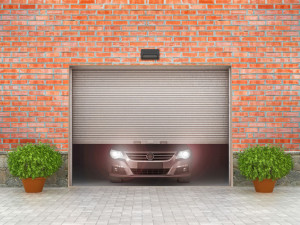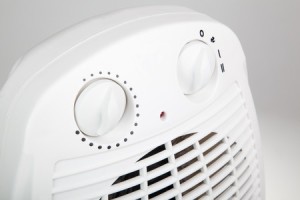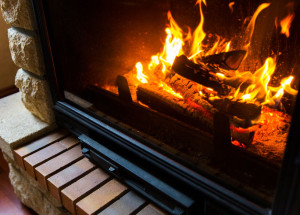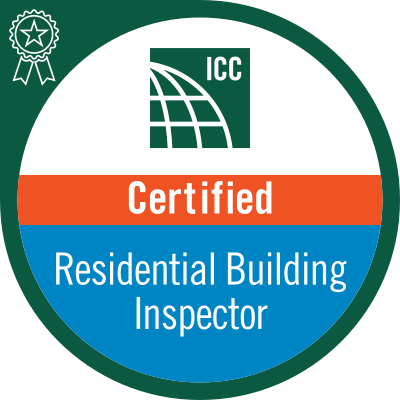
Image via Pexels
One of the most popular activities for people during the pandemic has been refreshing their homes. When you’re stuck inside with nowhere to go, it only makes sense. During the beginning of the pandemic, getting the supplies you needed for renovations was difficult. We’ve finally hit a point where most things are back in stock, and at a reasonable place. With new COVID variants coming out frequently, there’s still reason to start renovating your home. If you’re considering renovations, here are some tips on how to get things done efficiently and effectively, brought to you by Red Horse Home Inspection.
Plan Your Renovations Around Creating a Healthier Space
As we’re spending more and more time indoors, it’s important that you make your home into a healthier space. Many home renovations have included converting spaces into fitness areas, allowing people to stay home to work out.
Another health-conscious decision you can make is creating a dedicated home workspace. By doing so, you can help to separate work life from home life, creating a healthier balance when you’re forced to work from home. The distinction between the two spaces is significant.
Know What Jobs You Can Do, and What Jobs Need a Professional
It’s important not to dive into the deep end when you’re doing home renovations. Many jobs are able to be done on a DIY basis, but some are going to require the assistance of professionals. Let’s take a look at both categories.
Some DIY Home Renovations
There are a ton of DIY home renovations that just about any homeowner can do. Some of the most popular include:
- Painting. Painting both inside and outside surfaces can be done by anyone. Just make sure that you thoroughly prep the surfaces. This helps the paint stick.
- Refresh cabinets. Replacing cabinets is a big job that requires a professional touch. If you like your cabinets, but want to update them a bit, replace hinges and knobs. This updates their look without doing a full replacement.
- Update your ceilings. By adding simple tongue-and-groove boards to your ceilings, you can change the look of any room, and make them visually intriguing.
Jobs That Need a Professional Touch
Some jobs just aren’t suitable for a DIY approach. These common jobs should be left to the professionals:
- Replacing bathroom fixtures. Any job that requires modifying the plumbing should be left to, you guess it, a plumber.
- Changing light fixtures. Similar to plumbing jobs, electrical jobs should be left to electricians.
- Structural updates. Everyone loves an open floor plan. You can’t just go knocking down walls, though. Professionals need to make sure that walls aren’t load-bearing, something that most homeowners aren’t experienced enough to do.
Financing Your Renovations
When you’re making significant updates to your home, you’re probably going to have to dip into your savings. If that’s not an option, you may be able to refinance your home to free up some cash. A cash-out refi replaces your existing mortgage with a new loan for a larger amount. The difference between the loan amounts are what you, the borrower, receives to renovate your home with.
Update Your Space
Updating your home is going to add value to it, of course. However, you should also remember that it’s going to enrich your life. We’re spending a lot of time in our homes, thanks to the pandemic. Renovations can help you enjoy yours again!

 You can’t see it, smell it or taste it, but the U.S. Environmental Protection Agency says radon gas is deadly. It’s second only to smoking as a cause of lung cancer.
You can’t see it, smell it or taste it, but the U.S. Environmental Protection Agency says radon gas is deadly. It’s second only to smoking as a cause of lung cancer. Have you given much thought to your garage door lately? The garage door is the biggest and heaviest moving item in most homes, and more than 20,000 people each year are injured by them. That’s why we wanted to share with you these important safety guidelines that can help keep you and your family safe. Whether you live in a home with multiple garage doors or a condo unit with a detached garage, by following these tips, you’ll be able to keep yourself — and your family — safe when around these massive doors.
Have you given much thought to your garage door lately? The garage door is the biggest and heaviest moving item in most homes, and more than 20,000 people each year are injured by them. That’s why we wanted to share with you these important safety guidelines that can help keep you and your family safe. Whether you live in a home with multiple garage doors or a condo unit with a detached garage, by following these tips, you’ll be able to keep yourself — and your family — safe when around these massive doors. Thinking of buying your first home or one that better suits you and your family? Here are three important people who can help guide you through the largest investment most people will ever make.
Thinking of buying your first home or one that better suits you and your family? Here are three important people who can help guide you through the largest investment most people will ever make. There’s nothing like moving — whether it’s across town or across the country — to make you realize just how much stuff you have! When moving, you’re likely to let some things go, but probably also add some new appliances, furniture and other items to your list of possessions. That’s why once you’re settled into your new home, it’s an ideal time to create or update your home inventory. Here are the three components of an effective home inventory:
There’s nothing like moving — whether it’s across town or across the country — to make you realize just how much stuff you have! When moving, you’re likely to let some things go, but probably also add some new appliances, furniture and other items to your list of possessions. That’s why once you’re settled into your new home, it’s an ideal time to create or update your home inventory. Here are the three components of an effective home inventory: Brrr! Feeling a bit chilly? Space heaters are a popular way to get a bit of extra warmth at home or in the office during the spring, fall and winter months.
Brrr! Feeling a bit chilly? Space heaters are a popular way to get a bit of extra warmth at home or in the office during the spring, fall and winter months.
 Autumn is in the air. Can you feel it? While the cooler temperatures are a nice reprieve from the summer heat, it’s important to prepare your home for the winter with fall chores. Here are 3 fall chores for every homeowner you shouldn’t overlook.
Autumn is in the air. Can you feel it? While the cooler temperatures are a nice reprieve from the summer heat, it’s important to prepare your home for the winter with fall chores. Here are 3 fall chores for every homeowner you shouldn’t overlook.

